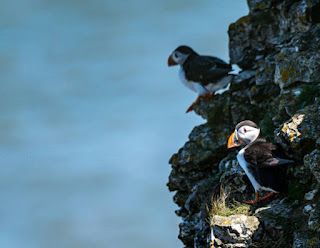Habitats of Nature and Creatures
Nature and its habitats are integral to the survival of creatures on Earth. Every creature has its own unique habitat and its survival is dependent on the health of that habitat. From the tiniest of insects to the largest of mammals, all creatures rely on the safety of their habitats for food, shelter, and reproduction.
Invertebrates:
Invertebrates are animals without a backbone, such as insects, spiders, worms, and crustaceans. Invertebrates rely on a variety of habitats, from forests and deserts to oceans and freshwater lakes. They can also be found in urban environments, such as gardens and parks.
Vertebrates:
Vertebrates are animals with a backbone, such as mammals, birds, reptiles, and amphibians. The habitats of vertebrates are typically more specific than those of invertebrates. For example, many birds require specific types of vegetation and terrain to build nests and forage for food. Additionally, many mammals require specific temperature and moisture conditions for their habitats.Aquatic Habitats:
Marine creatures live in a variety of aquatic habitats, including oceans, estuaries, coral reefs, and freshwater lakes and rivers. These habitats are home to a wide variety of species, including fish, turtles, dolphins, whales, and more. The health of these habitats is essential for the survival of these creatures, as they provide food, shelter, and protection from predators.
No matter the size or type of creature, all animals rely on healthy habitats for their survival. Protecting and preserving these habitats is essential for the health of the planet and all the creatures that inhabit it.
No matter the size or type of creature, all animals rely on healthy habitats for their survival. Protecting and preserving these habitats is essential for the health of the planet and all the creatures that inhabit it.




Comments
Post a Comment